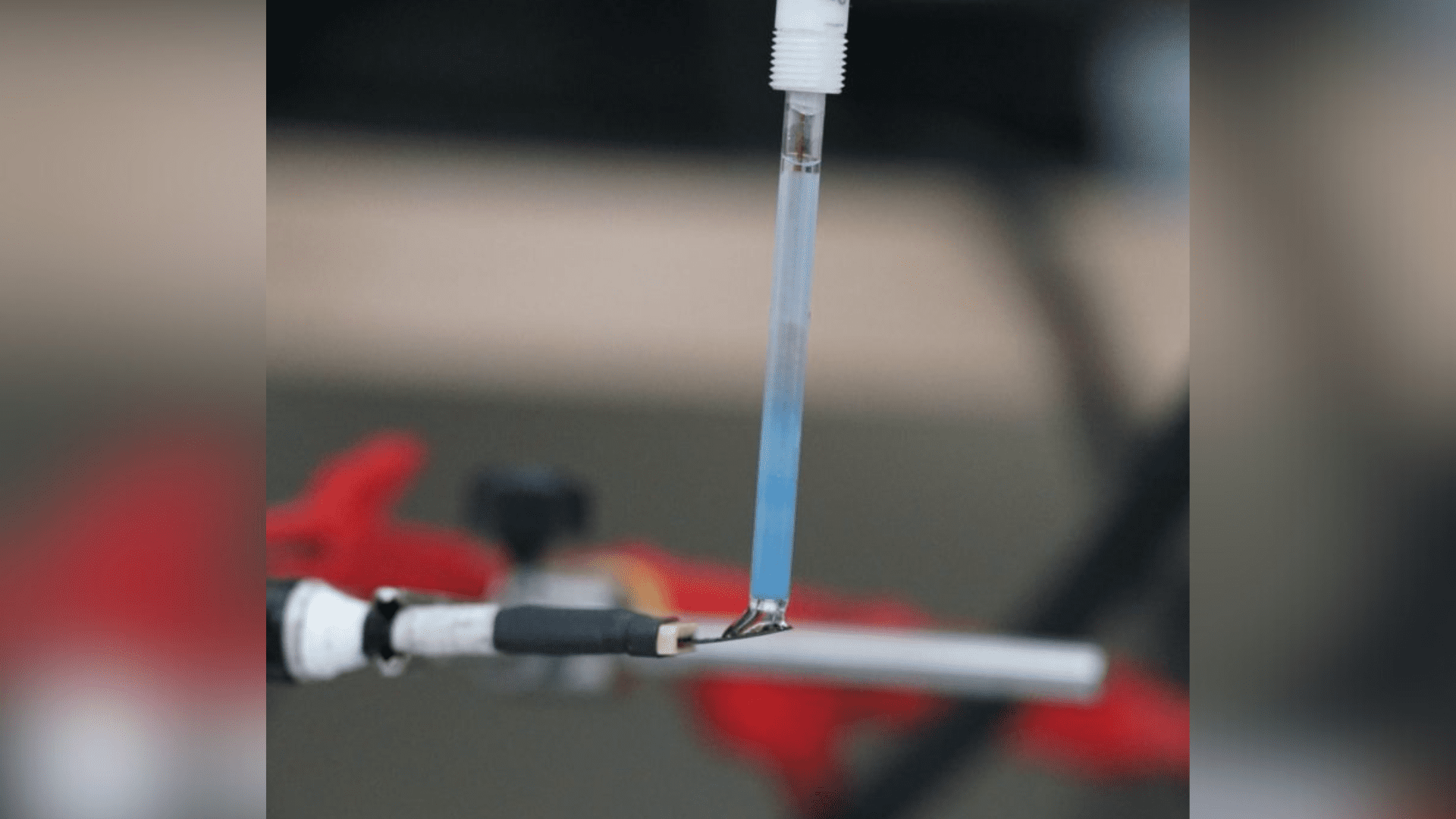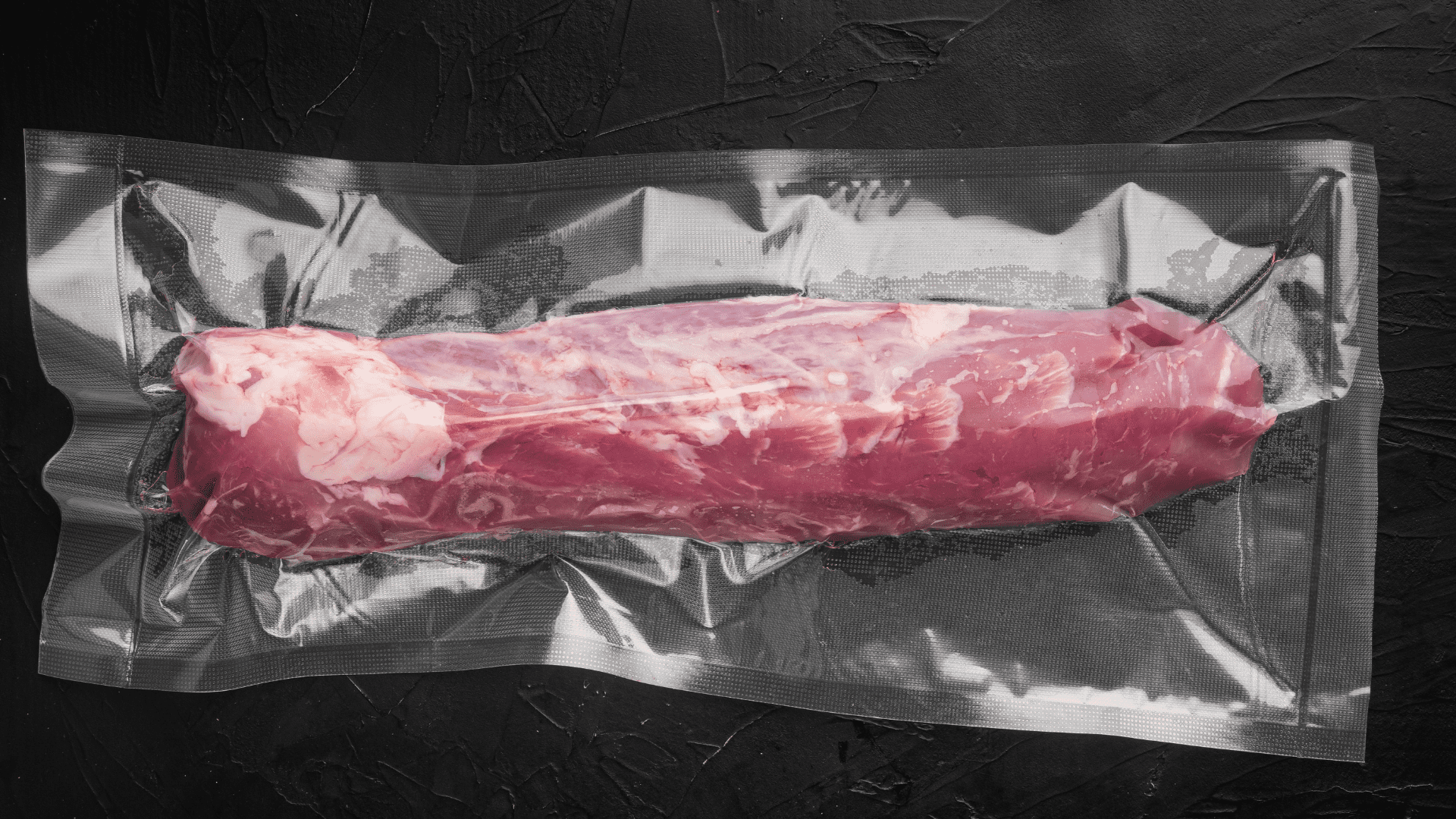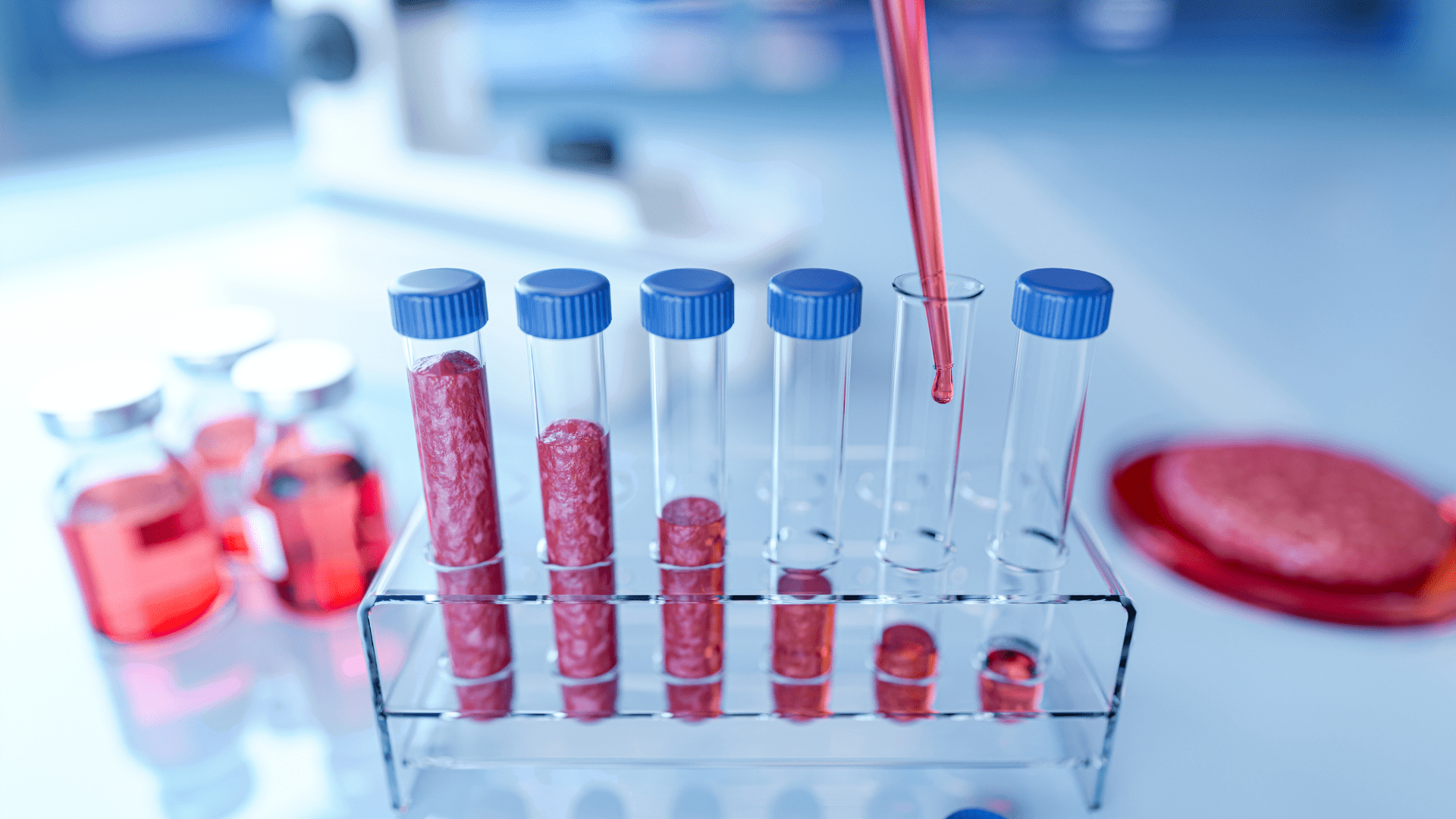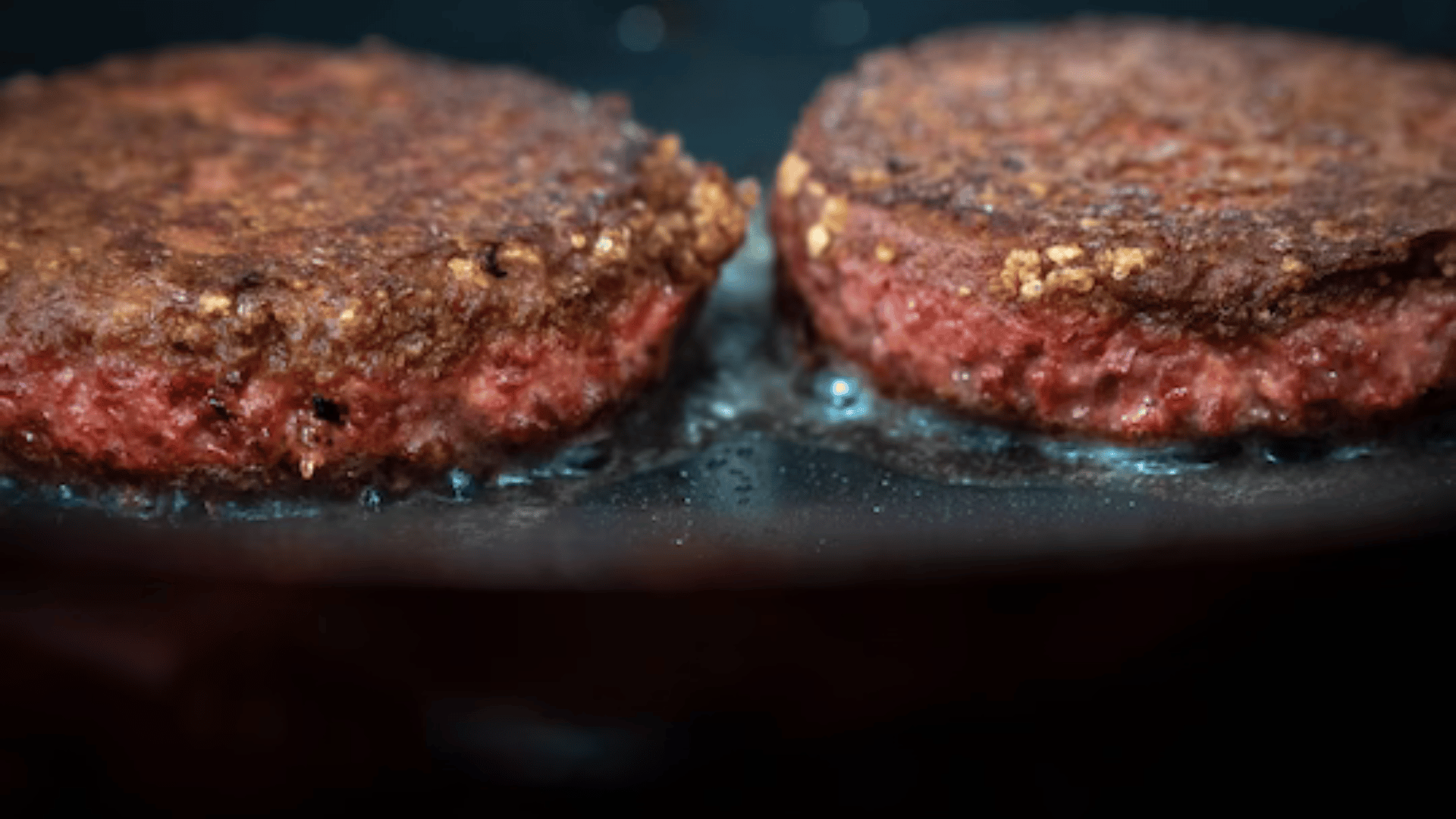Determining whether the meat in your fridge is bad can be challenging. Scientists are working on a biosensor that detects if your meat belongs in the trash. The innovative device promises to detect aging properties in meat to ensure the quality and safety of your food.

Keeping Meat Fresh
We live in a world where technology allows our meat to be transported globally and eaten well after harvesting the meat. Modern preservation techniques allow this to happen. Unfortunately, the aging process is inevitable. When we buy meat from the grocery store or the butcher, it will eventually go bad. When an animal is slaughtered, meat is then harvested but some cells decompose after the animal is killed. This causes the meat to age and eventually spoil.
If we consume meat that isn’t fresh, there are significant health risks that come with it. Bacteria like Salmonella, E. coli, and Campylobacter multiply rapidly as meat ages. This leads to foodborne illnesses. Sickness from food causes nausea, vomiting, and diarrhea. In serious cases, we become dehydrated and organs start failing. Preventing this is crucial and it starts with properly assessing our food.
Explore Tomorrow's World from your inbox
Get the latest science, technology, and sustainability content delivered to your inbox.
I understand that by providing my email address, I agree to receive emails from Tomorrow's World Today. I understand that I may opt out of receiving such communications at any time.
The Biosensor
The biosensor is the result of a collaboration between the Vietnam Academy of Science and Technology (VAST) and the Russian Academy of Sciences. Due to the properties of the cutting-edge biosensor, it targets a key level of meat freshness. Compared to traditional methods, scientists say the new biosensor is less costly, fast, and doesn’t need special experts.

Scientists use a polyimide film to construct the device. A pulsed laser process converts this into a porous graphene. It includes zinc oxides that attract the levels of HXA, the indicator of meat freshness. Once all of the properties interact, it causes a voltage spike. The HXA concentration and voltage increase enables a determination of how fresh the meat is.
Real-World Tests
Tests show that the biosensor is 98% accurate when detecting meat freshness. A practical application to pork tenderloins shows promising results, which shows its ability in the real world. Author of the study Ngo Thi Hong Le said, “In Vietnam, pork is the most consumed meat.” He emphasizes the significance of prioritizing pork quality monitoring in the food industry. However, the biosensor’s abilities go beyond pork and offer freshness detection in various types of meat.
Scientists and researchers involved in the study believe this opens a new era of food quality and safety. Advanced technology meets an ever-growing demand for food safety in the world.







